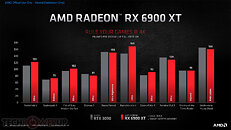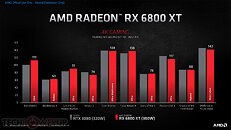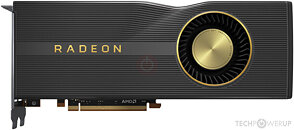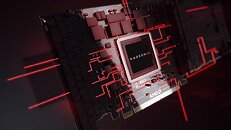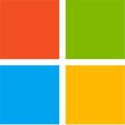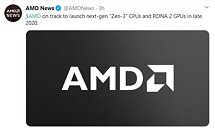
AMD Announces the Radeon RX 6000 Series: Performance that Restores Competitiveness
AMD (NASDAQ: AMD) today unveiled the AMD Radeon RX 6000 Series graphics cards, delivering powerhouse performance, incredibly life-like visuals, and must-have features that set a new standard for enthusiast-class PC gaming experiences. Representing the forefront of extreme engineering and design, the highly anticipated AMD Radeon RX 6000 Series includes the AMD Radeon RX 6800 and Radeon RX 6800 XT graphics cards, as well as the new flagship Radeon RX 6900 XT - the fastest AMD gaming graphics card ever developed.
AMD Radeon RX 6000 Series graphics cards are built upon groundbreaking AMD RDNA 2 gaming architecture, a new foundation for next-generation consoles, PCs, laptops and mobile devices, designed to deliver the optimal combination of performance and power efficiency. AMD RDNA 2 gaming architecture provides up to 2X higher performance in select titles with the AMD Radeon RX 6900 XT graphics card compared to the AMD Radeon RX 5700 XT graphics card built on AMD RDNA architecture, and up to 54 percent more performance-per-watt when comparing the AMD Radeon RX 6800 XT graphics card to the AMD Radeon RX 5700 XT graphics card using the same 7 nm process technology.
AMD Radeon RX 6000 Series graphics cards are built upon groundbreaking AMD RDNA 2 gaming architecture, a new foundation for next-generation consoles, PCs, laptops and mobile devices, designed to deliver the optimal combination of performance and power efficiency. AMD RDNA 2 gaming architecture provides up to 2X higher performance in select titles with the AMD Radeon RX 6900 XT graphics card compared to the AMD Radeon RX 5700 XT graphics card built on AMD RDNA architecture, and up to 54 percent more performance-per-watt when comparing the AMD Radeon RX 6800 XT graphics card to the AMD Radeon RX 5700 XT graphics card using the same 7 nm process technology.


